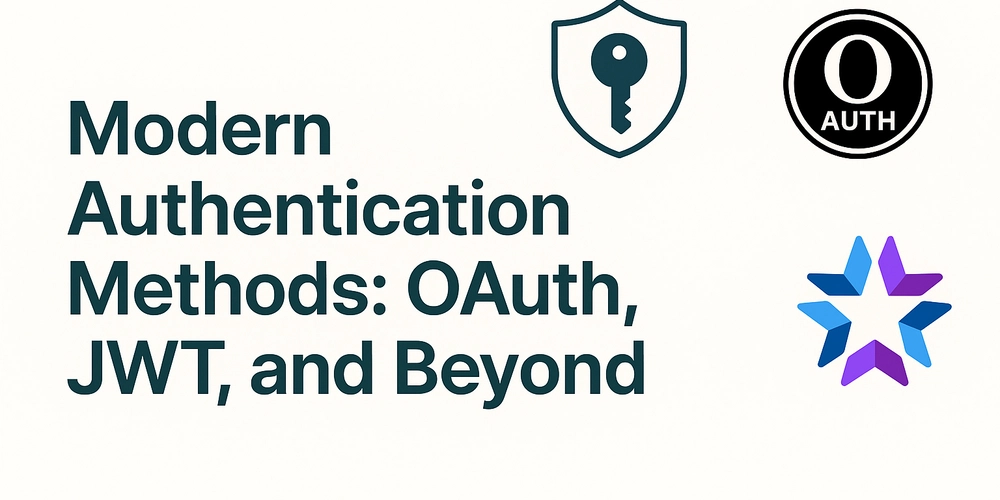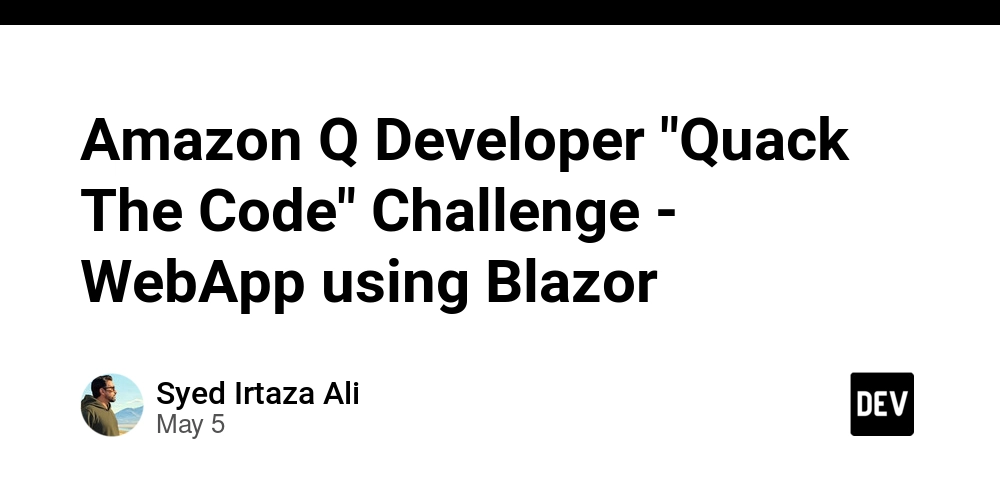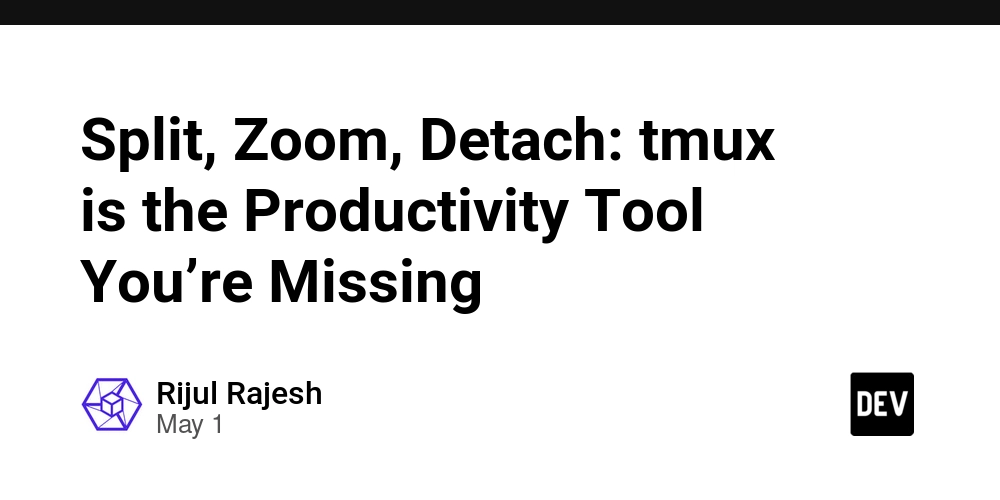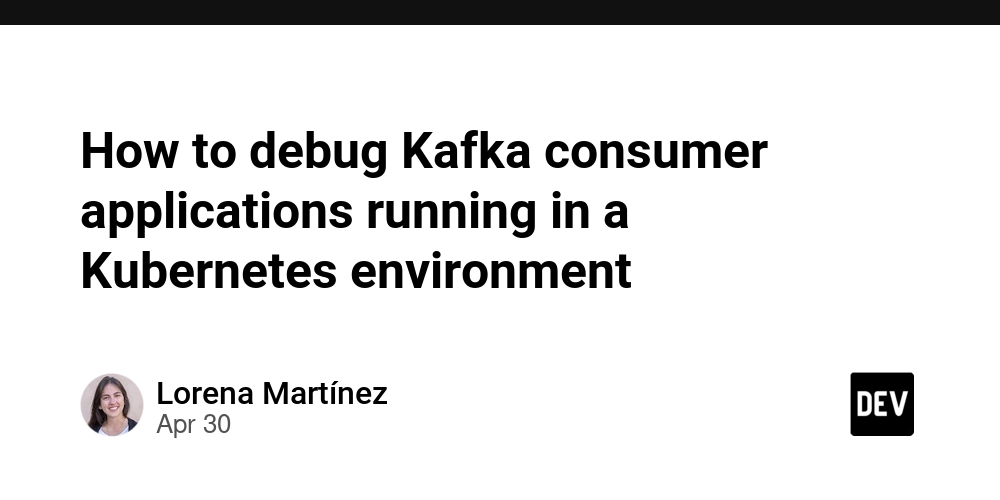Funding Blockchain Innovations in Renewable Energy
Abstract This post explores the strategic role of funding in accelerating blockchain innovations within the renewable energy sector. We delve into how blockchain transforms renewable energy through peer-to-peer energy trading, grid management, renewable energy certificates (RECs), and smart contracts. We also cover the funding mechanisms such as government support, venture capital, corporate partnerships, crowdfunding, and development institutions. In addition, we discuss practical use cases, technical and adoption challenges, and future trends that will shape a decentralized and sustainable energy ecosystem. For more details, check out the original article. Introduction The convergence of blockchain technology and renewable energy is a groundbreaking evolution for the energy industry. As traditional energy systems face challenges such as inefficiencies, high costs, and environmental concerns, blockchain paves the way for a decentralized energy ecosystem built on transparency and efficiency. By enabling direct peer-to-peer energy trading, improving grid management, and streamlining transactions with smart contracts, blockchain provides immense value to the renewable energy sector. Strategic funding plays an essential role in this transformation. Funding not only drives innovation but also ensures scalability and regulatory compliance. In this post, we will explore the funding landscape, its key applications, and the future outlook of blockchain innovations in renewable energy. Background and Context Blockchain is a distributed ledger technology that provides secure, transparent, and tamper-resistant records. Initially created for digital currencies like Bitcoin, blockchain has now branched into various industries, including renewable energy. The idea that blockchain can decentralize energy trading and distribution is not only promising but also necessary for addressing the challenges of a modern energy grid. Renewable energy sources, such as solar, wind, and hydro, have inherent variability and require dynamic management. Blockchain can support a decentralized energy ecosystem by enabling direct interaction between energy producers and consumers. Funding for these groundbreaking projects is essential, as it drives research and development (R&D), infrastructure investments, market adoption, and ensures regulatory compliance. Key Terms and Definitions Blockchain Technology: A distributed ledger that enables secure and immutable record-keeping. Renewable Energy Certificates (RECs): Digital certificates that prove the generation of renewable energy. Smart Contracts: Self-executing contracts with the terms directly written into code. Decentralized Energy Ecosystem: A system where energy trading and management occur without a centralized authority. Funding Mechanisms: Sources of capital including government grants, venture capital, corporate partnerships, crowdfunding, and institutional investments. Core Concepts and Features Blockchain’s Impact on Renewable Energy Blockchain brings several features critical to modernizing energy systems: Peer-to-Peer Energy Trading: Through platforms that allow direct transactions between producers (e.g., homes with solar panels) and consumers, blockchain minimizes the need for intermediaries. Learn more about peer-to-peer energy trading. Grid Management: Blockchain’s real-time data capabilities enhance grid management by optimizing energy distribution and reducing operational costs. For a detailed discussion on blockchain and energy trading, check out the referenced link. Renewable Energy Certificates (RECs): Establishing a transparent and immutable record for RECs on blockchain minimizes fraud risks and builds investor confidence. See insights on blockchain and renewable energy certificates. Smart Contracts: By automating agreements and transactions, smart contracts streamline payment processes and incentivize clean energy production. More on this can be found at smart contracts on blockchain. Funding as the Backbone for Innovation Investment in blockchain for renewable energy drives several essential areas: Research and Development (R&D): Capital is needed to develop scalable infrastructure and new technological solutions. Infrastructure Development: Significant funding aids in building secure blockchain networks integrated with IoT devices and modern energy grids. Details on infrastructure investments are discussed at blockchain infrastructure development. Regulatory Compliance: Investment helps projects navigate and meet industry standards, which is key for mass adoption. Additional information is available on blockchain regulatory compliance. Market Adoption: Effective funding strategies support the scaling of projects, particularly in emerging and developing markets. Trends in this area can be explored via blockchain project funding trends. Applications a

Abstract
This post explores the strategic role of funding in accelerating blockchain innovations within the renewable energy sector. We delve into how blockchain transforms renewable energy through peer-to-peer energy trading, grid management, renewable energy certificates (RECs), and smart contracts. We also cover the funding mechanisms such as government support, venture capital, corporate partnerships, crowdfunding, and development institutions. In addition, we discuss practical use cases, technical and adoption challenges, and future trends that will shape a decentralized and sustainable energy ecosystem. For more details, check out the original article.
Introduction
The convergence of blockchain technology and renewable energy is a groundbreaking evolution for the energy industry. As traditional energy systems face challenges such as inefficiencies, high costs, and environmental concerns, blockchain paves the way for a decentralized energy ecosystem built on transparency and efficiency. By enabling direct peer-to-peer energy trading, improving grid management, and streamlining transactions with smart contracts, blockchain provides immense value to the renewable energy sector.
Strategic funding plays an essential role in this transformation. Funding not only drives innovation but also ensures scalability and regulatory compliance. In this post, we will explore the funding landscape, its key applications, and the future outlook of blockchain innovations in renewable energy.
Background and Context
Blockchain is a distributed ledger technology that provides secure, transparent, and tamper-resistant records. Initially created for digital currencies like Bitcoin, blockchain has now branched into various industries, including renewable energy. The idea that blockchain can decentralize energy trading and distribution is not only promising but also necessary for addressing the challenges of a modern energy grid.
Renewable energy sources, such as solar, wind, and hydro, have inherent variability and require dynamic management. Blockchain can support a decentralized energy ecosystem by enabling direct interaction between energy producers and consumers. Funding for these groundbreaking projects is essential, as it drives research and development (R&D), infrastructure investments, market adoption, and ensures regulatory compliance.
Key Terms and Definitions
- Blockchain Technology: A distributed ledger that enables secure and immutable record-keeping.
- Renewable Energy Certificates (RECs): Digital certificates that prove the generation of renewable energy.
- Smart Contracts: Self-executing contracts with the terms directly written into code.
- Decentralized Energy Ecosystem: A system where energy trading and management occur without a centralized authority.
- Funding Mechanisms: Sources of capital including government grants, venture capital, corporate partnerships, crowdfunding, and institutional investments.
Core Concepts and Features
Blockchain’s Impact on Renewable Energy
Blockchain brings several features critical to modernizing energy systems:
Peer-to-Peer Energy Trading:
Through platforms that allow direct transactions between producers (e.g., homes with solar panels) and consumers, blockchain minimizes the need for intermediaries. Learn more about peer-to-peer energy trading.Grid Management:
Blockchain’s real-time data capabilities enhance grid management by optimizing energy distribution and reducing operational costs. For a detailed discussion on blockchain and energy trading, check out the referenced link.Renewable Energy Certificates (RECs):
Establishing a transparent and immutable record for RECs on blockchain minimizes fraud risks and builds investor confidence. See insights on blockchain and renewable energy certificates.Smart Contracts:
By automating agreements and transactions, smart contracts streamline payment processes and incentivize clean energy production. More on this can be found at smart contracts on blockchain.
Funding as the Backbone for Innovation
Investment in blockchain for renewable energy drives several essential areas:
Research and Development (R&D):
Capital is needed to develop scalable infrastructure and new technological solutions.Infrastructure Development:
Significant funding aids in building secure blockchain networks integrated with IoT devices and modern energy grids. Details on infrastructure investments are discussed at blockchain infrastructure development.Regulatory Compliance:
Investment helps projects navigate and meet industry standards, which is key for mass adoption. Additional information is available on blockchain regulatory compliance.Market Adoption:
Effective funding strategies support the scaling of projects, particularly in emerging and developing markets. Trends in this area can be explored via blockchain project funding trends.
Applications and Use Cases
Practical Use Cases
Brooklyn Microgrid:
One of the flagship projects showcasing peer-to-peer energy trading, the Brooklyn Microgrid integrates blockchain to empower local energy exchange. The project is noteworthy for its mix of community investments and government grants. Visit Brooklyn Microgrid to learn more.Power Ledger:
An Australian pioneer, Power Ledger, has successfully implemented blockchain-based energy trading platforms worldwide. Their model leverages significant funding and strategic corporate partnerships for global scalability. More details can be found at Power Ledger.Renewable Energy Certificate Management:
Blockchain transforms REC management by ensuring that every certificate is traceable and immune to fraud. This enhances transparency and trust across the renewable energy sector.
Funding Sources and Their Roles
Below is a table summarizing different funding mechanisms and their contributions:
| Funding Source | Role in Blockchain Innovations | Key Benefits |
|---|---|---|
| Government Support | Provides grants and incentives | Lower risk, promotes public benefits |
| Venture Capital | Invests in early-stage startups | Brings strategic expertise alongside capital |
| Corporate Partnerships | Leverages combined resources of tech and energy companies | Enhances technical integration and scalability |
| Crowdfunding | Empowers community-based financing | Drives grassroots support and democratic funding |
| Development Institutions | Offers international support for sustainable initiatives | Aligns projects with global sustainable goals |
Bullet List of Funding Benefits:
- Increased Research and Development
- Improved Infrastructure Capabilities
- Enhanced Regulatory Compliance
- Scalable Market Adoption
- Greater Investor Confidence
Additional Industry Insights
For further industry perspectives on funding, check out the following Dev.to posts:
- Crowdfunding Open Source: Fueling Innovation Together
- Arbitrum One vs. Arbitrum Nova: Navigating the Future of Ethereum's Scaling
These posts offer additional frameworks and technical insights on how open-source models and blockchain solutions are transforming various sectors—including renewable energy.
Challenges and Limitations
Technical and Operational Hurdles
Despite its promise, integrating blockchain with renewable energy faces several challenges:
Scalability:
As transactions increase, blockchain networks may face constraints. While innovative scaling solutions, such as layer-two protocols, are under development, real-world deployment at scale remains a future challenge.Interoperability:
Multiple blockchain networks may need to work together seamlessly. Achieving smooth interoperability without compromising security continues to be a technical hurdle.Regulatory Uncertainty:
As governments work to catch up with rapidly evolving blockchain technologies, regulatory frameworks may lag. This uncertainty can deter investment and slow down adoption.Energy Consumption:
Although blockchain can help optimize energy distribution, some networks are criticized for their high energy use. However, newer consensus models are emerging that focus on efficiency and sustainability.
Adoption and Market Challenges
Market Readiness:
While decentralized models offer improved efficiency, many traditional stakeholders may be reluctant to adopt new systems. This resistance can hamper market penetration.Security Risks:
Despite blockchain's robust security, vulnerabilities in smart contracts or poorly designed dApps may introduce risks.Capital Allocation:
Securing consistent funding can be challenging particularly in bear markets or regions with limited investment infrastructure.
For insights into risk management and funding challenges in blockchain projects, see blockchain project funding challenges and additional authoritative sources.
Future Outlook and Innovations
Emerging Trends
The future of blockchain in renewable energy is promising, with several trends poised to shape the landscape:
Scalable Solutions:
Innovations in scaling blockchain networks, including layer-two solutions such as rollups and state channels, will improve transaction throughput and reduce energy consumption.Interoperability Enhancements:
Cross-chain protocols and network bridges will enable seamless interoperability between various blockchain networks, promoting a more integrated energy system.Integration with IoT:
As energy grids become “smart,” the fusion of blockchain with IoT devices will allow real-time monitoring and dynamic energy management. This integration will help to minimize waste and optimize distribution.Sustainable and Green Blockchains:
The development of more environmentally friendly blockchain protocols is on the rise. These protocols seek to reduce the carbon footprint and are particularly relevant to the renewable energy sector.
The Role of Funding in Future Innovations
Funding will continue to pave the way for disruptive innovations, especially through:
Corporate and Venture Funding:
Partnerships between established energy companies and technology startups will dominate future funding cycles.Crowdsourced Models:
Platforms like crowdfunding for blockchain startups provide innovative ways for communities to back projects that align with their sustainability values.Government and Institutional Support:
With increasing global emphasis on sustainable energy and carbon reduction, many governments and international institutions are expected to ramp up funding initiatives. For instance, learn about relevant government initiatives.
Innovations on the Horizon
Future integrations may include:
- Decentralized Autonomous Organizations (DAOs): DAOs will play a pivotal role in managing community-driven renewable energy projects through democratic decision-making.
- Tokenization of Energy Assets: By tokenizing renewable energy assets, investors can buy, trade, or sell shares, thereby increasing liquidity and promoting market adoption.
- Enhanced Security Protocols: Continued research into smart contract audits and blockchain security (e.g., see smart contract audits) will further calm investor concerns, encouraging broader financial participation.
These innovations, fueled by steady and diversified funding, are essential for transitioning our energy systems to greener, more sustainable models.
Summary
The integration of blockchain and renewable energy represents a transformative opportunity—a potent mix that can decentralize energy distribution, improve grid management, and pave the way for a more sustainable future. By deploying technologies like peer-to-peer energy trading, smart contracts, and secure REC management, blockchain aids in overcoming traditional energy challenges.
However, achieving this vision depends heavily on strategic funding. Investment in R&D, infrastructure, and regulatory compliance is crucial to scale the technology. Funding sources vary from government grants and corporate partnerships to venture capital and crowdfunding—each playing a unique role in addressing the technical, operational, and market challenges.
As the sector moves forward, innovations in scalable blockchain solutions, IoT integrations, and tokenization will further drive efficiency and sustainability. Future trends suggest that with continued, diversified funding, a decentralized energy ecosystem will emerge with enhanced transparency, reliability, and energy efficiency.
For further exploration of blockchain’s role in renewable energy, and to understand how investments continue to fuel innovation in this domain, revisit the original article and related resources on blockchain and renewable energy.
Concluding Insights
Fundamentally, the success of blockchain innovations in renewable energy depends on:
- Strategic Funding: Ensuring continuous support for R&D, infrastructure, and market adoption.
- Collaborative Investment: Government bodies, venture capitalists, and corporations must work together.
- Innovative Drive: Advancements in scalability, interoperability, and sustainable blockchain protocols.
In summary, our energy future is being redefined by a decentralized model that emphasizes efficiency, transparency, and sustainability. As stakeholders continue to invest and innovate, blockchain stands as a beacon of transformative power—promising a greener, more resilient energy ecosystem.
Key Takeaways:
- Blockchain and renewable energy convergence offers solutions for modern energy challenges.
- Funding strategies are essential to unlock the full potential of decentralized energy systems.
- Future innovations such as DAOs and tokenization will further drive renewable energy adoption.
By supporting initiatives that combine technological prowess with sustainable energy practices, we are effectively paving the way for a resilient future that benefits communities, businesses, and the planet.
For additional insights into blockchain technology and its growing influence on the energy sector, you may also find these resources useful:
- Arbitrum One vs. Arbitrum Nova: Navigating the Future of Ethereum's Scaling
- Crowdfunding Open Source: Fueling Innovation Together
- How to Donate on Gitcoin: A Technical Dive into Open Source Funding
Embracing the future means investing in innovation and sustainability today.





































































































































































![[The AI Show Episode 145]: OpenAI Releases o3 and o4-mini, AI Is Causing “Quiet Layoffs,” Executive Order on Youth AI Education & GPT-4o’s Controversial Update](https://www.marketingaiinstitute.com/hubfs/ep%20145%20cover.png)






























































































































![[DEALS] Microsoft 365: 1-Year Subscription (Family/Up to 6 Users) (23% off) & Other Deals Up To 98% Off – Offers End Soon!](https://www.javacodegeeks.com/wp-content/uploads/2012/12/jcg-logo.jpg)



![From Art School Drop-out to Microsoft Engineer with Shashi Lo [Podcast #170]](https://cdn.hashnode.com/res/hashnode/image/upload/v1746203291209/439bf16b-c820-4fe8-b69e-94d80533b2df.png?#)




















![Re-designing a Git/development workflow with best practices [closed]](https://i.postimg.cc/tRvBYcrt/branching-example.jpg)




















































































(1).jpg?#)






























_Inge_Johnsson-Alamy.jpg?width=1280&auto=webp&quality=80&disable=upscale#)




























































































![The Material 3 Expressive redesign of Google Clock leaks out [Gallery]](https://i0.wp.com/9to5google.com/wp-content/uploads/sites/4/2024/03/Google-Clock-v2.jpg?resize=1200%2C628&quality=82&strip=all&ssl=1)
![What Google Messages features are rolling out [May 2025]](https://i0.wp.com/9to5google.com/wp-content/uploads/sites/4/2023/12/google-messages-name-cover.png?resize=1200%2C628&quality=82&strip=all&ssl=1)














![New Apple iPad mini 7 On Sale for $399! [Lowest Price Ever]](https://www.iclarified.com/images/news/96096/96096/96096-640.jpg)
![Apple to Split iPhone Launches Across Fall and Spring in Major Shakeup [Report]](https://www.iclarified.com/images/news/97211/97211/97211-640.jpg)
![Apple to Move Camera to Top Left, Hide Face ID Under Display in iPhone 18 Pro Redesign [Report]](https://www.iclarified.com/images/news/97212/97212/97212-640.jpg)
![Apple Developing Battery Case for iPhone 17 Air Amid Battery Life Concerns [Report]](https://www.iclarified.com/images/news/97208/97208/97208-640.jpg)





































































































